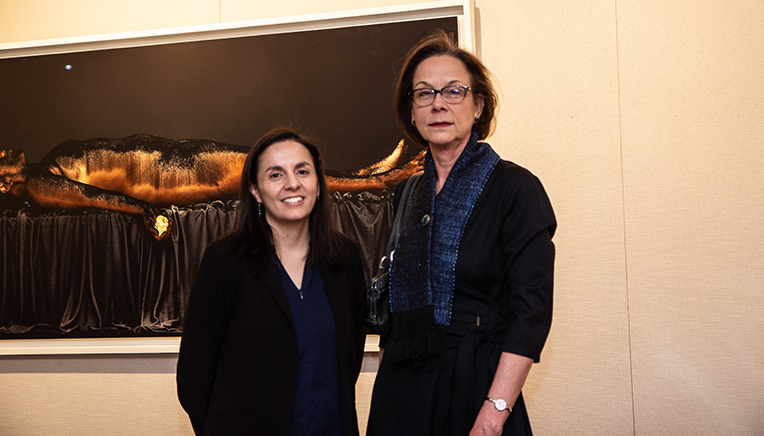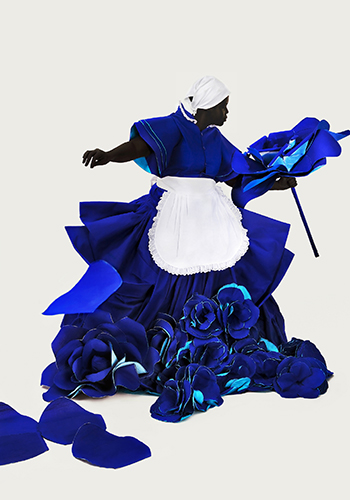When you visit the permanent art collection housed at the
art gallery at the Centenary Complex of the University of the Free State (UFS) you will learn something new about South African culture. The 1 200 piece collection is the UFS’s effort to preserve our cultural and historical legacy with poignant works from artist such as Jackson Hlungwane, JH Pierneef, Lucas Sithole, Irma Stern and Azaria Mbatha.
The permanent collection boasts the most diverse collection of contemporary artworks in a public space at a South African university. The artworks are often loaned to significant national and international exhibitions, creating an opportunity for research, teaching and promotion of the UFS.
The collection has been acquired by the UFS over the past 80 years and comprises paintings, sculptural works, murals, prints, photographic and ceramic works. It includes works of art pioneers from the region and other parts of the country. “The collection hosts one of the most substantial representations of art which was created in the Free State region with works by Frans Claerhout, Pauline Gutter, George Ramagage and Motseokae Klas Thibeletsa,’’ said Angela de Jesus, UFS art curator. It also houses
The Human Rights Print Portfolio’ (1996), one of South African’s most significant post-apartheid print portfolios.
 Angela de Jesus, UFS art curator and Prof Suzanne Human, chairperson of the UFS Arts Advisory Committee.
Angela de Jesus, UFS art curator and Prof Suzanne Human, chairperson of the UFS Arts Advisory Committee.
(Photo: Rulanzen Martin)
Recent exhibition showcases works of sensible agendas
Some of the artworks, acquired from 2009-2019, are also currently on exhibition at the Johannes Stegmann gallery. At the opening of the exhibition on 28 August,
Prof Suzanne Human, chairperson of the UFS Arts Advisory Committee said the “exhibition does not show all the works but the cohesion between the artworks reveals there is a sensible agenda and sound acquisition criteria.”
The exhibition interrogates the complexities of the reality of a free South Africa. “The UFS collection is a university collection and the works acquired are therefore of scholarly interest. Each work in the exhibition is topical in research circles,” said Prof Human.

The exhibition at UFS was open until 4 October 2019
Collection preserving cultural and historic identity Contemporary artworks which deal with relevant sociopolitical and environmental issues include works by Kim Berman, Thembinkosi Goniwe, Sam Nhlengethwa, Pippa Skotnes and Diane Victor.
According to De Jesus the collection “provides an irreplaceable educational reserve for understanding our unique cultural and historical identity.”
“The UFS art collection promotes the importance of visual art for research, teaching, and as a vehicle for critical dialogue. Its aim is to encourage critical thinking and to be reflective of the social, cultural and political diversity of the Free State and South Africa,” she said.
Significant art projects expanded collection’s footprintOver the years several projects were initiated to enrich the art collection to address gaps in and around the collection to encourage social justice and critical dialogue. As part of the
Lotto Sculpture-on-Campus Project (2009-2012) the UFS commissioned 16 public artworks for the Bloemfontein Campus. “Through this project the UFS established the most diverse collection of contemporary artworks in a public space at a South African university, with exceptional works by Willem Boshoff, Noria
Mabasa, Willie Bester, Kagiso Patrick Mautloa, Brett Murray and others.” said de Jesus.
(Picured on the right: I Have Not, I Have by Mary Sibande)